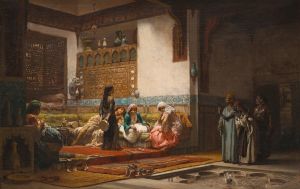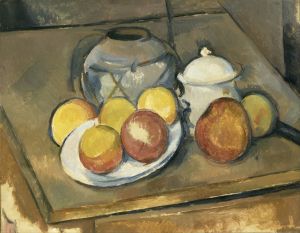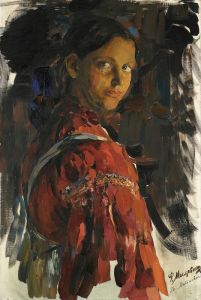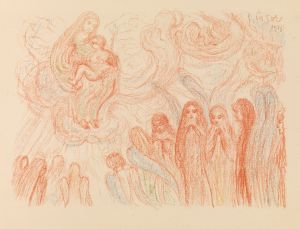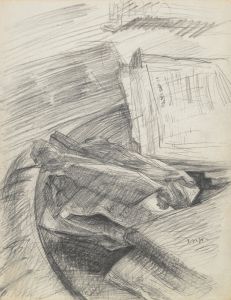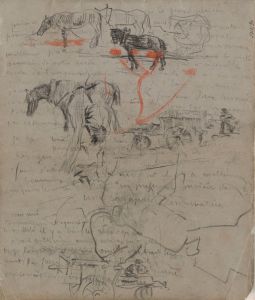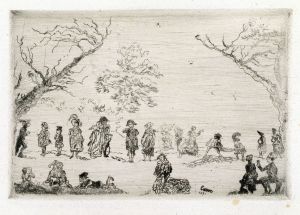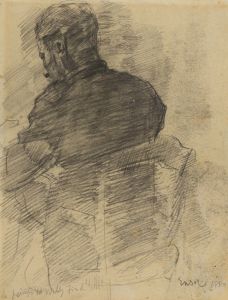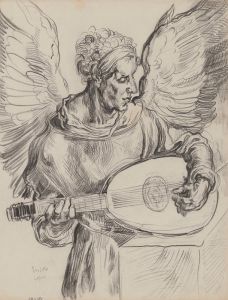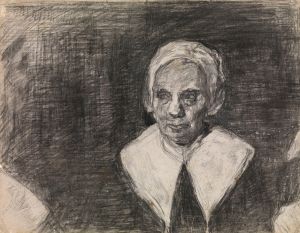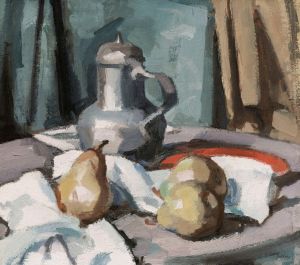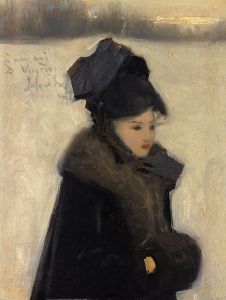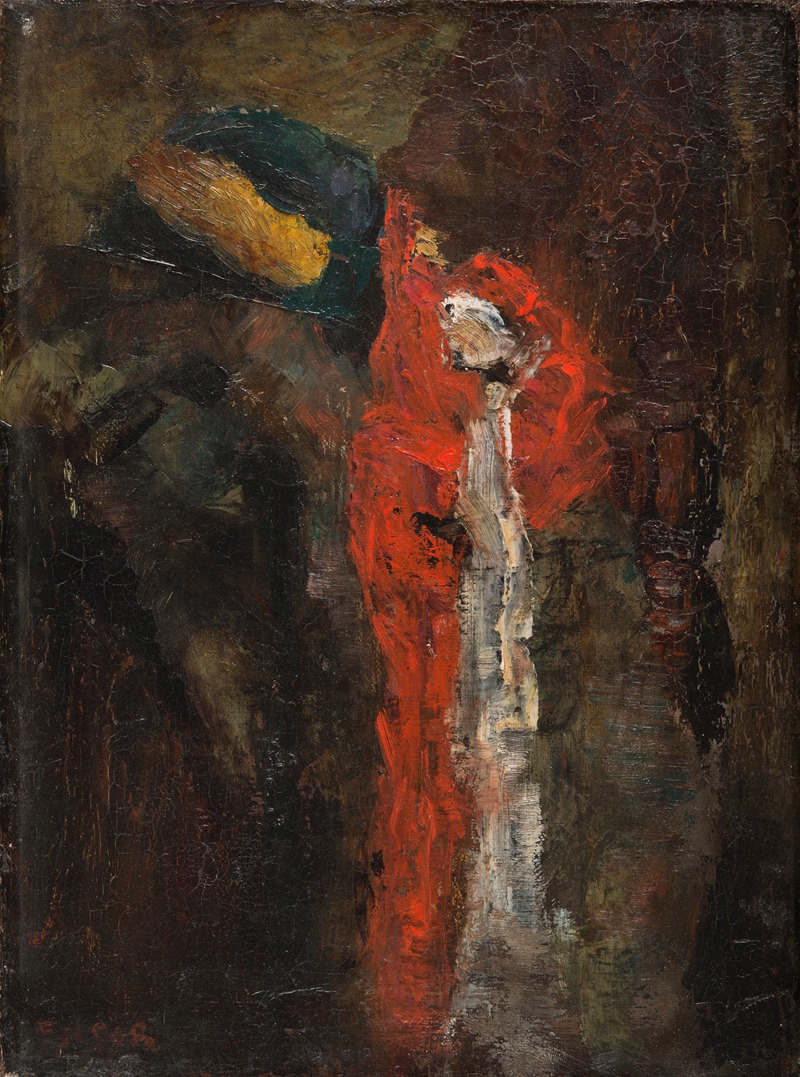
Still-life
A hand-painted replica of James Ensor’s masterpiece Still-life, meticulously crafted by professional artists to capture the true essence of the original. Each piece is created with museum-quality canvas and rare mineral pigments, carefully painted by experienced artists with delicate brushstrokes and rich, layered colors to perfectly recreate the texture of the original artwork. Unlike machine-printed reproductions, this hand-painted version brings the painting to life, infused with the artist’s emotions and skill in every stroke. Whether for personal collection or home decoration, it instantly elevates the artistic atmosphere of any space.
James Ensor, a prominent Belgian painter, is known for his unique and often avant-garde contributions to the art world during the late 19th and early 20th centuries. While Ensor is widely recognized for his vibrant and sometimes grotesque depictions of masks, skeletons, and carnivals, he also explored more traditional genres, including still life. However, specific information about a painting titled "Still-life" by James Ensor is not readily available in major art historical records or databases.
Ensor's work in still life, like much of his oeuvre, reflects his innovative approach to color, composition, and subject matter. His still lifes often exhibit a bold use of color and a dynamic arrangement of objects, which can be seen as a departure from the more subdued and realistic still lifes of his predecessors. Ensor's approach to still life painting was influenced by his broader artistic goals, which included challenging conventional aesthetics and exploring the boundaries between reality and imagination.
In the context of Ensor's broader body of work, his still lifes may incorporate elements that are characteristic of his style, such as a sense of theatricality and an interest in the macabre. Ensor's fascination with light and shadow, as well as his ability to imbue everyday objects with a sense of mystery and drama, are likely present in his still life compositions.
Ensor was part of the avant-garde group Les XX, which was instrumental in introducing new artistic ideas and movements to Belgium. His participation in this group reflects his commitment to pushing the boundaries of traditional art forms, including still life. Through his innovative techniques and imaginative compositions, Ensor contributed to the evolution of still life painting, infusing it with a modern sensibility that resonated with the changing artistic landscape of his time.
While specific details about a painting titled "Still-life" by James Ensor are not available, it is important to consider his overall impact on the genre. Ensor's work in still life, like his other paintings, is characterized by a vibrant palette, an expressive use of form, and a willingness to experiment with new ideas. His contributions to the genre are part of his broader legacy as an artist who challenged traditional norms and paved the way for future generations of modern artists.
In summary, while detailed information about a specific painting titled "Still-life" by James Ensor is not accessible, understanding his general approach to still life and his influence on the genre provides valuable insight into his artistic practice. Ensor's work continues to be celebrated for its originality and its ability to capture the imagination of viewers, making him a significant figure in the history of modern art.





